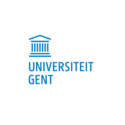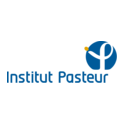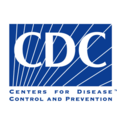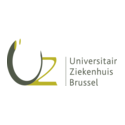In short
Next Generation Sequencing (NGS) and Mass Spectrometry (MS) are complementary methods to get massive information on pathogens respectively at the DNA and protein levels. Therefore these techniques can be helpful for deep a characterisation of pathogens and their toxins, and therefore to facilitate an adequate response in case of epidemics. However, they are expensive and require a many resources. Public Health Institutes must re‐think the currently used processes and strategies to integrate these technologies in their practices. This project is using Sciensano’s unique collections of pathogens to deliver a roadmap for the effective and appropriate use of NGS and MS in case of four communicable disease threats:
- pathogens in contaminated food responsible for foodborne outbreaks or intoxications;
- antibiotics resistance or vaccine escape in pathogens leading to large human epidemics;
- emergence of new pathogenic viruses including those of zoonotic origin;
- accidental and deliberate escape of pathogens in the environment leading to outbreaks.
The outcome of this project will contribute to shape the new surveillance activities of Sciensano.
Project description
High-throughput technologies (HTT) like Next Generation Sequencing and Mass Spectrometry have the potential to metamorphose our understanding of the interactions between microbes, host and the environment. These new technologies have the potential to enable a more effective response to a wide range of communicable disease threats. However, they are expensive and require many resources. Consequently, Public Health Institutes must re‐think the currently used processes and strategies and rationally take advantage of HTT and information technologies (IT) to prevent diseases and improve health.
Therefore, the main goal of the .Be READY project is to deliver a roadmap to find out in which cases and when HTT should be used in order to deliver added-value in terms of preparedness and response in case of communicable disease threats. Once these benefits will be clearly identified, Sciensano will investigate how HTT can positively contribute to its surveillance activities in order to redesign, in a second step, its current surveillance methods.
To help delivering the roadmap, four threats scenarios based on communicable diseases plausible for Belgium (which thus would be managed by Sciensano in a “one-health” approach) were carefully designed. Namely:
- Foodborne pathogens in contaminated food responsible of foodborne outbreaks and intoxications;
- Microbiological adaptation including antibiotics resistance or vaccine escape leading to large human epidemics;
- Emergence of new pathogenic viruses including those of zoonotic origin;
- Accidental and deliberate escape of pathogens in the environment leading to outbreaks.
For each scenario, study cases using unique samples of the Sciensano’s collection will be selected to provide evidence-based results of the HTT benefits to construct the roadmap. The results are therefore expected at two levels:
- the first level is of high scientific interest regarding the general and coordinated preparedness and response of Sciensano in case of communicable diseases threats/crisis;
- the second level is the use and implementation of HTT with full bioinformatics support to respond to the specific biological questions addressed within the study cases of the .Be READY proposal.
The full project is expected to create a common scientific vision within Sciensano (between epidemiology, HTT platforms, molecular biologists, chemists, bioinformaticians and experts within National Reference Laboratories (NRL) or Centres (NRC), stakeholders and policy makers).
This will help Sciensano to deeply re‐think the currently used scientific processes and strategies and rationally take advantage of HTT while, at the same time, successfully promoting the development of innovative diagnostics including HTT in a “one-health” approach.
Sciensano's project investigator(s):
Service(s) working on this project
Partners






